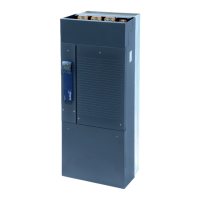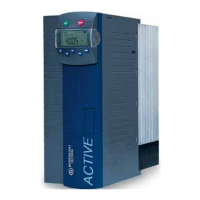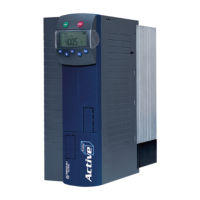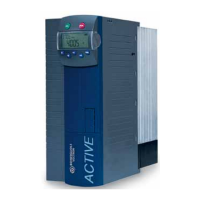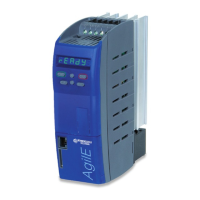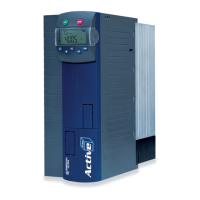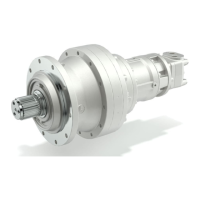Operating Instructions ACU
19.7.3 Speed sensor monitoring
Failures of the speed sensor lead to a faulty behavior of the drive, as the measured speed forms the
foundation of the control system. By default, the speed sensor monitoring system continuously
monitors the speed sensor signal, the track signals. If an extension module EM is connected, the
number of division marks is monitored additionally. If, while the frequency inverter is released, a
faulty signal is recognized for longer than the timeout, a fault switch-off is effected. If parameter
Operation Mode 760 is set to zero, the monitoring function is deactivated.
The function is deactivated.
A error signal is displayed according to the timeouts set.
The speed sensor monitoring is to be parameterized in the part functions according to the
application. The monitoring function becomes active with the release of the frequency inverter and
the start command. The timeout defines a monitoring time in which the condition for the fault
switch-off must be fulfilled without interruption. If one of the timeouts is set to zero, this monitoring
function is deactivated.
Timeout: Direction of rotation
fault
Timeout: Signal fault
The actual speed measured is compared with the output value of the speed controller. If the actual
speed value is exactly zero for the time selected with the parameter Timeout: Signal fault 761,
although a reference value is available, the fault is displayed with message “F1430”.
Timeout: Track fault
The actual speed measurement monitors the sequence in time of the signals in the quadruple
evaluation of the speed sensor operation mode. If the speed sensor signal is faulty for the time
selected with the parameter Timeout: Channel fault 762, the fault is displayed with message
“F1430”.
Timeout: Direction of rotation fault
The actual speed measured is compared with the reference speed. If the sign between reference
value and actual value differs for the time selected with parameter Timeout: Direction fault 763,
the fault is displayed with the message "F1432". The monitoring function is reset when the drive
mechanism has moved in the reference value direction by a quarter of a revolution.
19.8 Traverse function
With the traverse function, the a triangle-shaped frequency signal with the start-up and shut-down
times to be set is superimposed on the output frequency. The resulting chronological order of the
reference frequency of master drive and slave drive are shown in the following diagrams. The
function can be used, for example, for drives which wind up thread on coils in textile machines. To
avoid winding errors at the turning point of the thread guide, a proportional jump is performed
which causes a quick speed change.

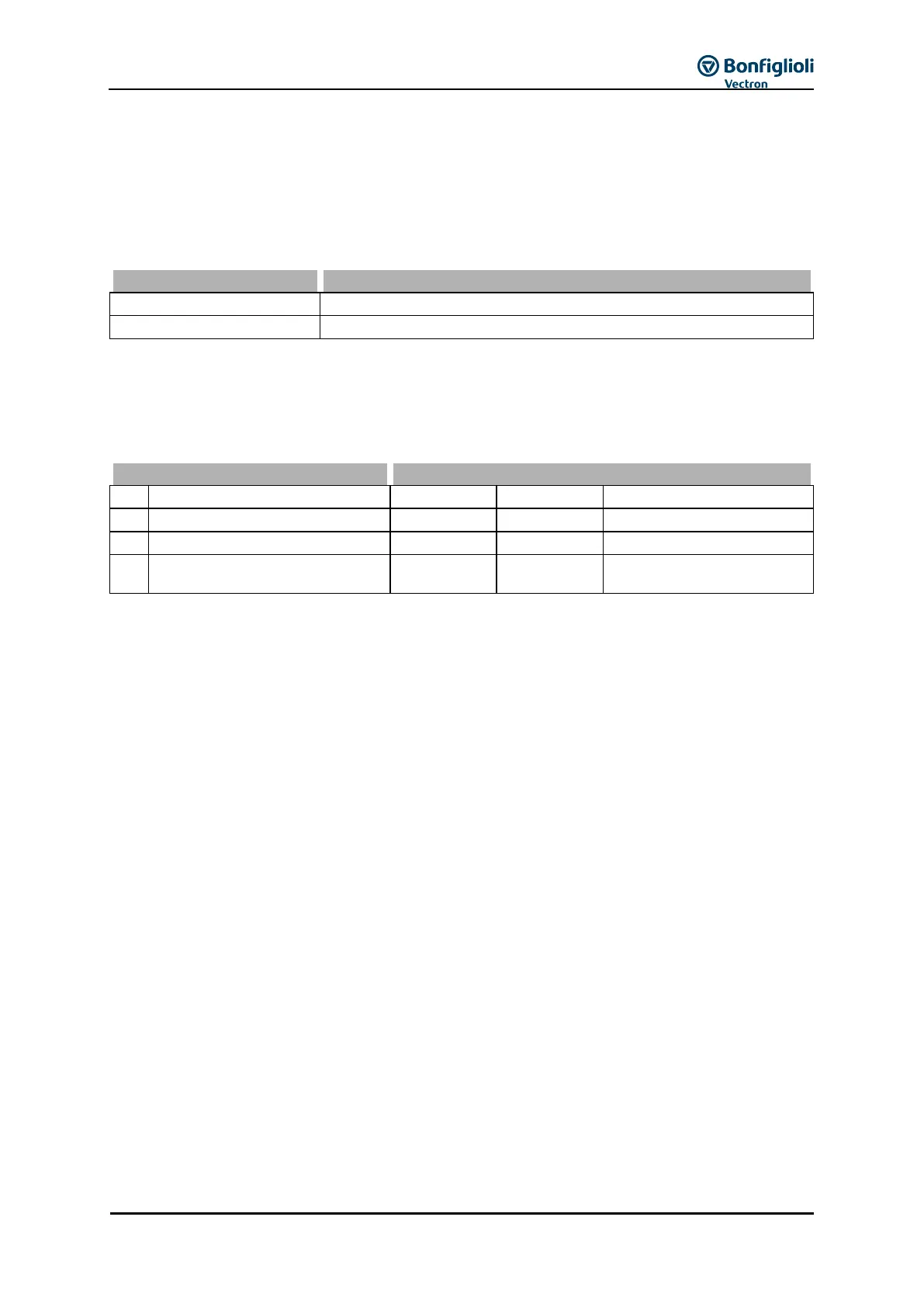